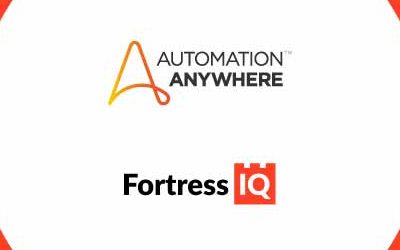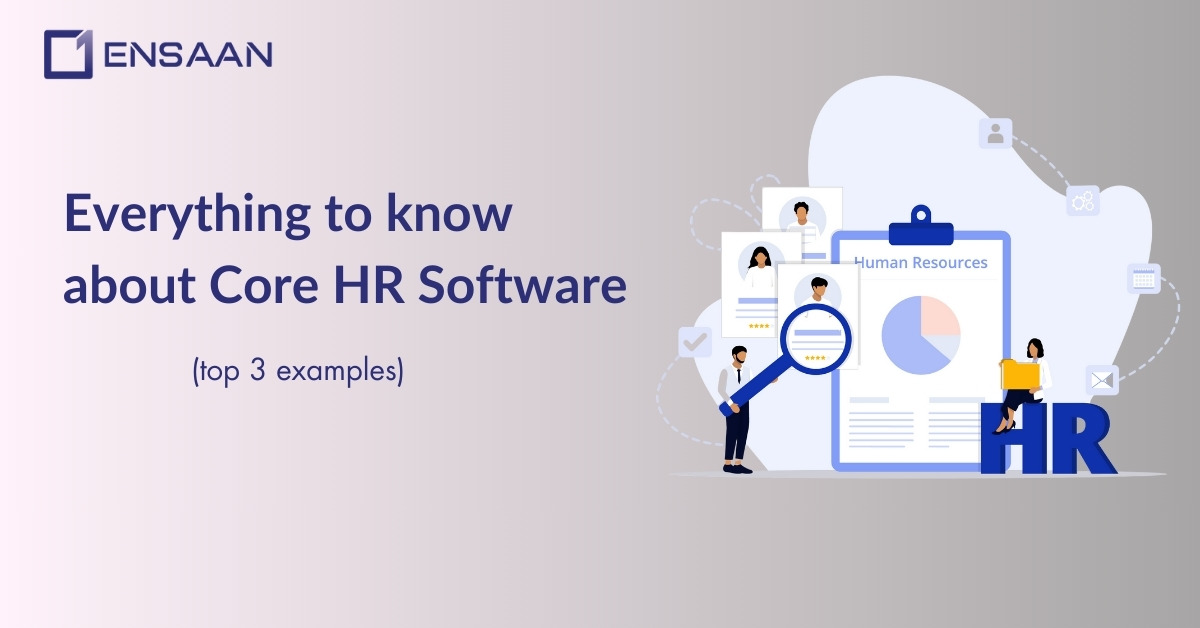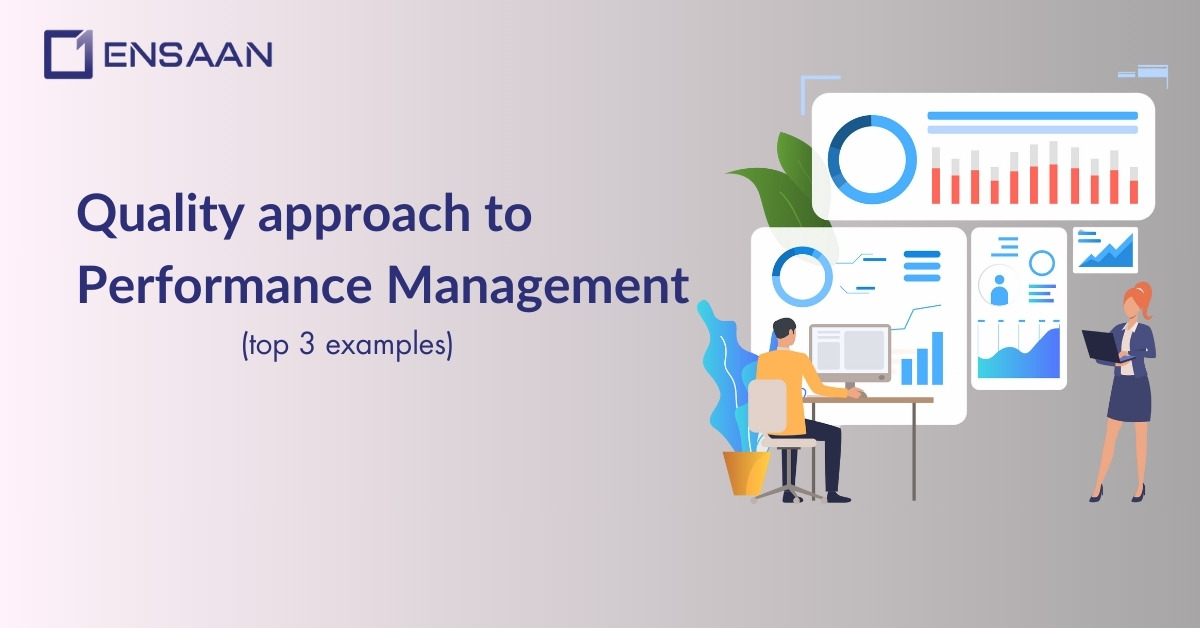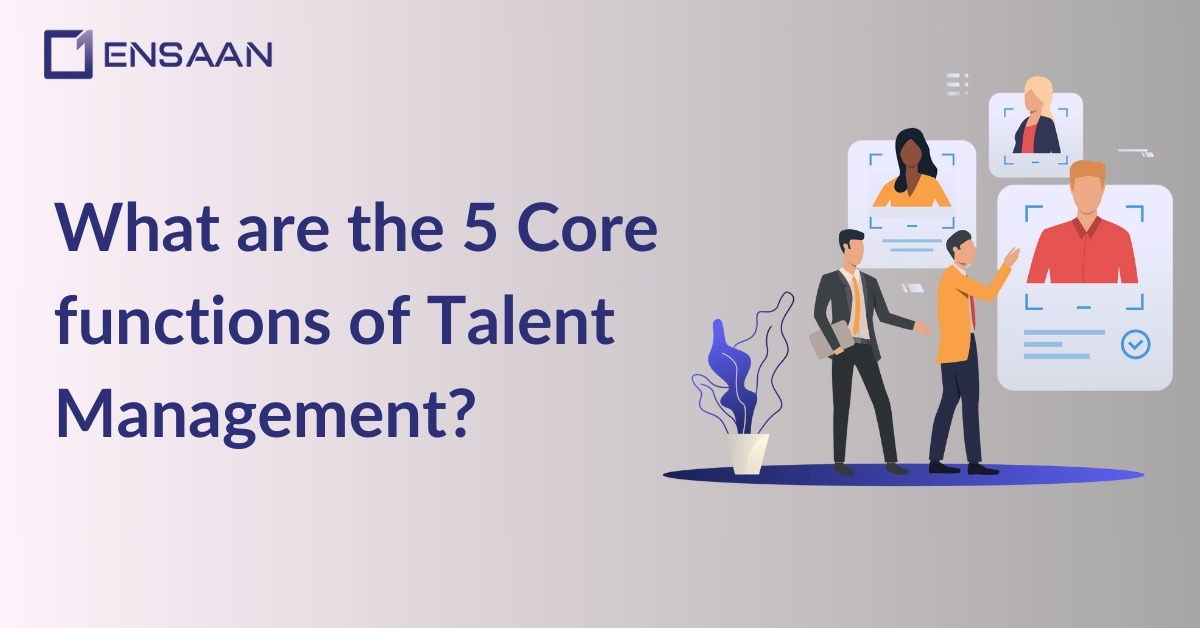In the intricate tapestry of modern business operations, effective employee management stands as a cornerstone for organizational success. As companies grow in size and complexity, the need for streamlined, efficient, and strategic employee management becomes increasingly paramount. This is where Employee Management Systems (EMS) step in, providing a comprehensive solution to navigate the complexities of workforce administration. In this blog, we will delve into the essence of Employee Management Systems, exploring their functionalities, benefits, and the transformative impact they have on organizations.
Understanding Employee Management Systems
An Employee Management System is a centralized software solution designed to automate and streamline various aspects of workforce administration. From onboarding and attendance tracking to performance management and payroll, these systems offer a holistic approach to managing the employee lifecycle within an organization.
Key Functionalities of Employee Management Systems
1. Recruitment and Onboarding:
– Efficiently manage the recruitment process, from posting job openings to onboarding new hires seamlessly.
– Centralized storage for resumes, candidate profiles, and hiring documents.
2. Attendance and Leave Management:
– Automate attendance tracking, including clock-in/clock-out features and integration with biometric systems.
– Streamline leave requests and approvals, ensuring accurate tracking of available leave balances.
3. Performance Management:
– Set and track employee performance goals.
– Facilitate regular performance appraisals and feedback sessions.
4. Training and Development:
– Identify training needs and create customized training plans.
– Track employee participation in training programs and certifications.
5. Employee Self-Service Portals:
– Empower employees to manage personal information, access payslips, and submit leave requests.
– Enhance communication and transparency between employees and HR.
6. Payroll Management:
– Automate payroll processes, ensuring accurate and timely salary disbursements.
– Generate payroll reports for compliance and financial analysis.
7. Compliance and Reporting:
– Ensure adherence to labor laws and regulatory requirements.
– Generate detailed reports on various HR metrics for strategic decision-making.
Benefits of Implementing Employee Management Systems
1. Increased Efficiency:
– Streamline administrative tasks, reducing manual efforts and minimizing errors.
– Automate repetitive processes to free up HR resources for strategic initiatives.
2. Improved Communication:
– Enhance communication between HR and employees through self-service portals.
– Facilitate real-time feedback and collaboration.
3. Enhanced Employee Experience:
– Provide employees with easy access to information and self-service options.
– Create a positive and user-friendly experience throughout the employee lifecycle.
4. Data Security and Accuracy:
– Ensure the confidentiality and accuracy of employee data.
– Implement robust security measures to protect sensitive information.
5. Strategic Decision-Making:
– Leverage data analytics and reporting features to make informed HR decisions.
– Align HR strategies with organizational goals.
Choosing the Right Employee Management System
Selecting the right Employee Management System is a critical decision that requires careful consideration of organizational needs, scalability, and user-friendliness. Whether opting for a cloud-based solution or an on-premises system, organizations should choose a system that aligns with their unique requirements and growth trajectory.
Embracing Transformation with Employee Management Systems
In conclusion, Employee Management Systems play a pivotal role in shaping the modern workplace, offering organizations a comprehensive and efficient approach to workforce administration. From simplifying routine tasks to fostering a culture of continuous improvement, these systems empower HR teams to focus on strategic initiatives that contribute to organizational success. By embracing the transformative capabilities of Employee Management Systems, organizations embark on a journey toward enhanced efficiency, improved employee experiences, and a more agile and resilient workforce in the ever-evolving landscape of business.












